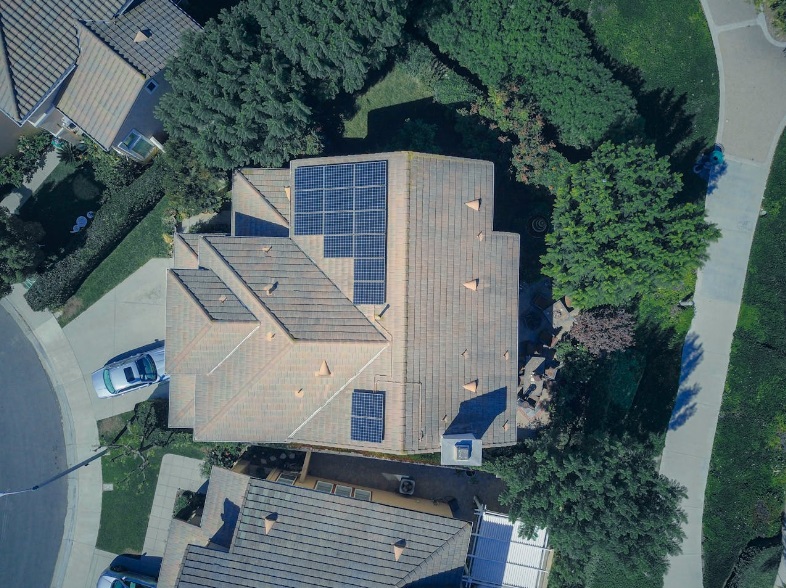5 Things to Understand About Sustainability in Real Estate

In the real estate industry, sustainability is becoming a critical factor that influences decisions about investment, management, and development. The concept of sustainability in real estate has become increasingly popular as people battle environmental problems and try to build more resilient communities. Understanding the nuances of sustainability in this context is paramount for stakeholders looking to navigate the evolving landscape of the built environment.
Let’s delve into five key aspects of sustainability in real estate and why they matter in today’s market.
Environmental Impact Reduction
One of the primary goals of sustainability in real estate is to minimize the environmental footprint of buildings and developments. This involves cutting back on waste production, water utilization, and energy use over a property’s lifetime. Energy-efficient design features such as insulation, LED lighting, and high-performance windows can significantly decrease a building’s energy demand, leading to lower operational costs and greenhouse gas emissions. Similarly, installing rainwater harvesting systems, greywater recycling, and water-saving fixtures can reduce water consumption and alleviate the pressure on local water supplies.
Real estate stakeholders can support international efforts to mitigate climate change and encourage resource conservation by placing a high priority on environmental impact reduction.
Resilience and Adaptation Strategies
Resilience and adaptability are crucial factors for sustainable real estate development in a period of rising climate uncertainty and catastrophic weather occurrences. Using techniques for climate adaptation and resilient design can help reduce the risks caused by natural disasters, including storms, wildfires, and floods. This could include strengthening buildings against strong winds, raising buildings above floodplains, and using green infrastructure to control stormwater runoff.
Furthermore, a property’s resilience to changing environmental problems can be improved by making investments in resilient building materials and technologies. Real estate professionals can preserve assets, secure communities, and promote long-term sustainability in the built environment by proactively addressing resilience and adaptability.
Social Equity and Inclusivity
Sustainability in real estate goes beyond environmental considerations to encompass social equity and inclusivity. This includes designing areas that are inclusive, accessible, and responsive to the requirements of several communities. The inclusion of elements like community areas, accessible utilities, and universal design enhances social cohesion and a sense of belonging. In addition, workforce housing programs, mixed-income developments, and affordable housing initiatives can help alleviate the challenge of housing affordability and encourage economic diversity in local communities.
Real estate stakeholders can build thriving, livable communities that benefit people from all backgrounds by placing a high priority on social equality and inclusivity.
Financial Performance and Value
Contrary to the perception that sustainability comes at a financial cost, research suggests that sustainable real estate investments can deliver competitive financial performance and long-term value. Research indicates that as compared to traditional properties, green buildings yield higher resale values, reduced vacancy rates, and higher rental premiums. Furthermore, sustainable elements that improve tenant satisfaction and retention and increase financial returns include energy efficiency, indoor air quality, and access to amenities.
The increased demand for certified green buildings and sustainable investment methods is a result of investors’ growing recognition of the financial benefits of sustainability. Through the incorporation of CRE sustainability into real estate decision-making, stakeholders can eventually increase asset performance, reduce risks, and unlock value.
Regulatory Compliance and Market Demand
As governments worldwide enact stricter environmental regulations and disclosure requirements, compliance with sustainability standards has become a necessity for real estate professionals. Regulation compliance, which includes everything from carbon emissions reporting to energy efficiency requirements, has a big impact on real estate operations and investment options. Furthermore, tenant preferences, investor expectations, and corporate sustainability goals are driving an increasing amount of market demand for sustainable buildings.
While investors favor assets with good ESG credentials, tenants are increasingly looking for green-certified places that offer health, wellness, and environmental benefits. Real estate stakeholders can position themselves for success in a market setting that is becoming more competitive and sustainable by staying ahead of regulatory developments and matching demand with supply.
Conclusion
In summary, sustainability in real estate encompasses various aspects, including environmental impact reduction, resilience and adaptation, social equity, financial performance, regulatory compliance, and market demand. Real estate professionals can generate value, reduce risk, and contribute to a more resilient and sustainable built environment by comprehending and adopting these fundamental principles. Collaborating with experts in CRE sustainable development can provide valuable insights and guidance on integrating sustainability into real estate strategies and decision-making processes, ensuring that investments align with environmental, social, and financial objectives.









